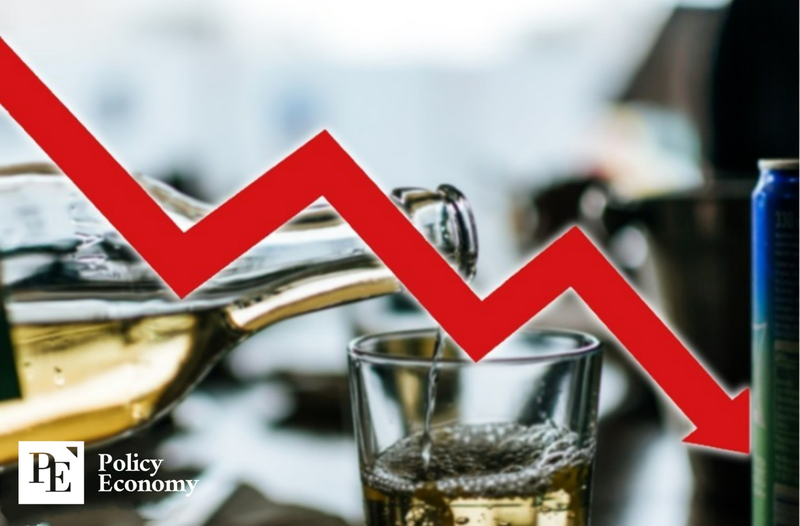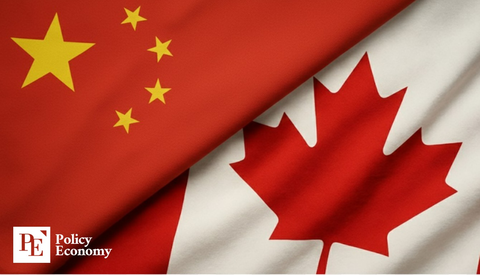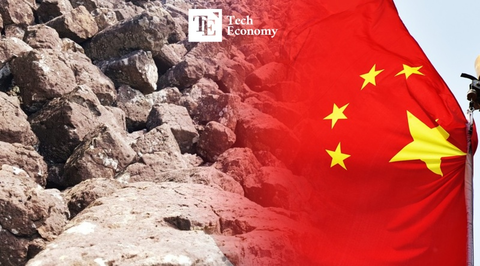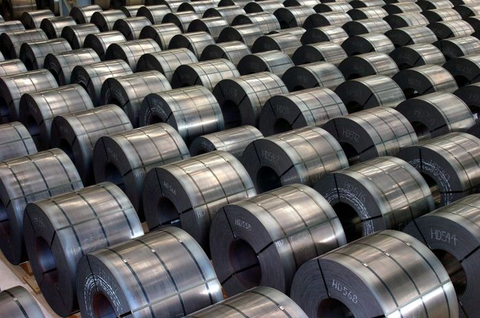When “Recession-Proof” Isn’t Enough: Rethinking Resilience in an Age of Diverse Economic Shocks
Input
Modified
Tobacco’s sales hold steady when recession bites, Alcohol withstands the worst of economic nights. But when inflation burns and prices twist and roar, Even these pillars may falter like never before.
Industries long classified as “recession‑proof”, such as alcohol and tobacco, have earned reputations for stability during economic downturns. The logic has been straightforward: consumers cut discretionary spending first, but often continue small indulgences even when times are tight. Yet this conventional wisdom is now being challenged. Recent macroeconomic turbulence has revealed that industries thought to be immune to cyclical shocks may crumble under structural disruptions such as high inflation or supply constraints. Luxury goods provide a vivid example. Premium brands like Burberry, once symbolic of affluence and brand positioning, now offer deep discounts simply to survive. Their response is not recession-proof; it is shock‑prone.
The emerging insight is that our understanding of economic shocks, including demand, supply, and price shocks, has been far too narrow. Firms are adapting in ways more dynamic and varied than economic models once assumed. It is time to re-evaluate what “recession-proof” means and for whom.

Old Shields, New Flames: Why Traditional Industry Labels Fail
Historically, businesses in the alcohol and tobacco sectors were viewed as insulated from economic cycles. Their demand tends to be inelastic; when people tighten their budgets, they may still choose a bottle of wine over a new outfit. This observation helped shape corporate strategy and investor sentiment throughout multiple decades.
However, that sheltering effect falters in the presence of inflation. As costs rise due to supply chain disruptions or increasing wages, margins begin to contract. Higher prices may lead consumers to downgrade to cheaper brands or reduce quantity altogether. The notion that demand for “sin goods” remains unshakable simply does not hold when consumers face widespread cost-of-living pressures. Even longstanding habits can break under broader inflationary stress.
Meanwhile, luxury brands have traditionally been perceived as particularly vulnerable to economic downturns. When discretionary incomes fall, luxury goods are among the first sectors to experience a sharp slowdown. Events like the 2008 global financial crisis heavily impacted luxury car sales, designer apparel, and upscale hospitality. Today, with inflation shaping consumer priorities, the impact is more severe and faster. Deep discounting, once unthinkable for brands like Burberry, has become an emergency response. Instead of waiting out a recession, firms are forced to sacrifice brand cachet just to convert inventory into cash.
This business reality underscores a more profound insight: labeling an industry as recession-resistant ignores the nuance of shock type. A demand shock, characterized by a rapid decline in consumer spending, may harm luxury goods more than recession-proof categories. But supply shocks, such as rising input costs or constrained inventory, can undermine even the most stable sectors.
Diverse Shocks, Diverse Responses: The Firm-Level Perspective
Economists now emphasize that firm responses are more adaptive than conventional macro models account for. Demand shocks often trigger cost-cutting and marketing pivots. However, supply-side inflation or global commodity price spikes may prompt firms to adjust their sourcing strategies, renegotiate supplier contracts, or invest in automation to offset labor cost increases.
Research indicates that industry classification alone does not predict resilience. Instead, companies must assess their exposure to multiple shock vectors. A brewery may weather inflation if it holds long-term hops or barley contracts; another might collapse if forced to buy on the spot market. Companies with diverse revenue streams, or that serve both luxury and budget markets, have more flexibility to pivot under pressure.
Many firms are now revising their assumptions about price, demand, and consumer behavior in response to sustained inflation. In cases where inflation outpaces wage growth, even middle-income segments begin cutting back, affecting sectors that were previously considered stable. Retailers report fewer repeat purchases, and brands that relied on volume may find themselves exposed.
Another important adaptive strategy is spatial diversification. Companies with regional operations often shift costs to markets with more elastic demand. However, when inflation is global or shipping costs escalate, geographic buffers weaken. This combination of higher unit costs and slower consumer response forces firms to rethink production and distribution, often moving toward regional manufacturing hubs or shared logistics infrastructure to reduce exposure.
Firms with financial hedging strategies, such as locking in future commodity prices or stabilizing foreign exchange exposure, are faring better in the current climate. However, companies without these tools may be forced into crisis-level discounting or drastic cost-cutting measures, which can undermine both their financial health and brand reputation.

Redefining Resilience: What It Means in a New Economy
The evolving picture is clear: recession-proofing is not a static label. It must incorporate multiple dimensions of shock, including demand volatility, supply chain disruptions, inflationary pressures, and geopolitical uncertainties. In practical terms, firms should focus on operational adaptability rather than single-market dominance.
For investors and policymakers, the lesson is urgent. Exposure to inflation and supply shocks must weigh assumptions about industry stability. Fiscal aid or monetary policy aimed only at stimulating demand may fall short if firms are battling rising input costs. Similarly, sector classification must now integrate risk analysis across multiple axes.
Some of the proposed solutions include encouraging businesses to maintain flexible capital structures, hedging input costs, and increasing supply chain transparency. Governments could support this by offering incentives for resilience building, such as tax credits for diversified sourcing or subsidies for energy-efficient production that mitigate inflation exposure.
From a strategic standpoint, firms must challenge leadership narratives that hinge on past cycles. Tech-driven firms, for instance, may have thrived during the pandemic-driven digital shift but now face margin erosion due to rising raw material costs and increased hiring expenses. Even tech ecosystems must now build buffers for oil price spikes, commodity scarcity, or wage inflation.
This new perspective on shocks also fosters empathy toward sectors undergoing rapid transformation. Luxury brands offering deep discounts are not failing; they are responding rationally to a recalibration of the market. Similarly, tobacco companies experiencing an unexpected drop are not merely victims of consumer trends; they are facing the full force of supply-side inflation, which weakens previously reliable demand.
The broader takeaway is this: the old comfort of recession labels must give way to a more nuanced understanding. Industries cannot be evaluated solely on the basis of their past performance. Instead, their current exposures and adaptive strategies are more important.
Looking ahead, both firm leaders and economic planners must expand their definitions of resilience. A truly resilient firm or sector expects not just to remember cycles, but also to foresee diverse shocks and plan accordingly. That means rethinking inventory models, pricing flexibility, hedging strategies, workforce planning, and geographic exposure.
In this environment, adaptability is the new anchor. The industries that manage to survive will not be those that were recession‑proof in the narrow sense, but those that are shock‑proof in the broadest terms. The future of business depends not on rigid categorization but on dynamic resilience.





















